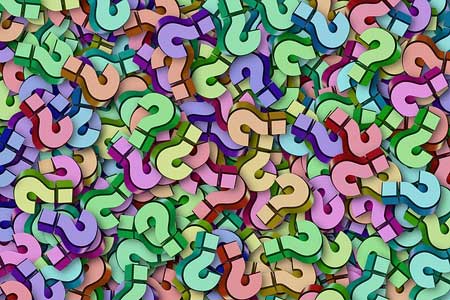Curiosity and Wonder


Curating and Inquiry: Based on Stripling Model of Inquiry
When was the last time you felt an intense need to learn or understand something – something that went beyond a Google or You Tube search to learn how to change a headlight on your car, or performing the required research to get a good grade on a school project? Can you remember that feeling of wonder and intensity, and how that “need to know” had the ability to move up to the top of your priority list? You probably found yourself fully engaged in the pursuit of information, knowledge, and understanding, blocking out most everything else around you. Many things can trigger a desire for deeper understanding or knowledge, but this level of ownership in learning suggests a deep and personal connection. This sense of wonder leads to questions, and seeking answers. It is the beginning of transforming from student to learner.
During my formal schooling, I was more of a student than a learner. I was good at school, and always made good grades, yet I spent a good part of my early adult life not knowing what I wanted to be when I grew up. I felt disconnected from what was being taught. The classes I most looked forward to were music classes, and so eventually, when I had to declare a major in college, I chose music for lack of any other idea at what I might do. I suspect that a lot of our youth find themselves in similar situations. School is not really set up to help students find their passions, nor give them the time to explore them deeply – at least within the confines of the “school day.”
But in this age of information, with access to the Internet and its 1.24 billion and growing number of websites, learning can happen anytime, anywhere. The hard part is developing the desire, and the passion for learning. Curiosity is something that is abundant in small children. Parents grow weary from the daily barrage of questions. Many times, the questions our children ask are impossible to answer. As they grow up, somewhere along the way, the questions begin to disappear. Why? What happens to that sense of curiosity? As Albert Einstein said, “The important thing is to not stop questioning.”
I propose that “curating” information can be a process to help us regain our sense of curiosity and wonder. Curating information is not unlike the work of a museum curator who collects artifacts based upon a specific topic and theme, and then creates a meaningful display for the purpose of increasing the knowledge of the visitors. In many ways, a curator is a storyteller, who artfully finds a way to help those who view the display to make a personal connection. If the curator is very good, then the visitors to the display will re-discover their sense of wonder. The display will inspire questions as well as answers. When we curate information, we are pursuing answers to our questions and intense information needs –our passions to know and understand. Questions and curiosity drive curation. Along the way, we learn.
cross posted at Innovations in Education
Nancy White served for over 20 years as the 21st Century Learning & Innovation Specialist for Academy School District 20, providing professional development on 21st century skills and technology integration, and working with the IT-ES team to carry out the district’s 21st Century Learning Plan. Nancy served on an ad-hoc team to help with the integration of 21st century skills into Colorado’s revised content standards, and co-authored The Colorado Learner’s Bill of Rights. Read more at Innovations in Education.
Tools and ideas to transform education. Sign up below.
